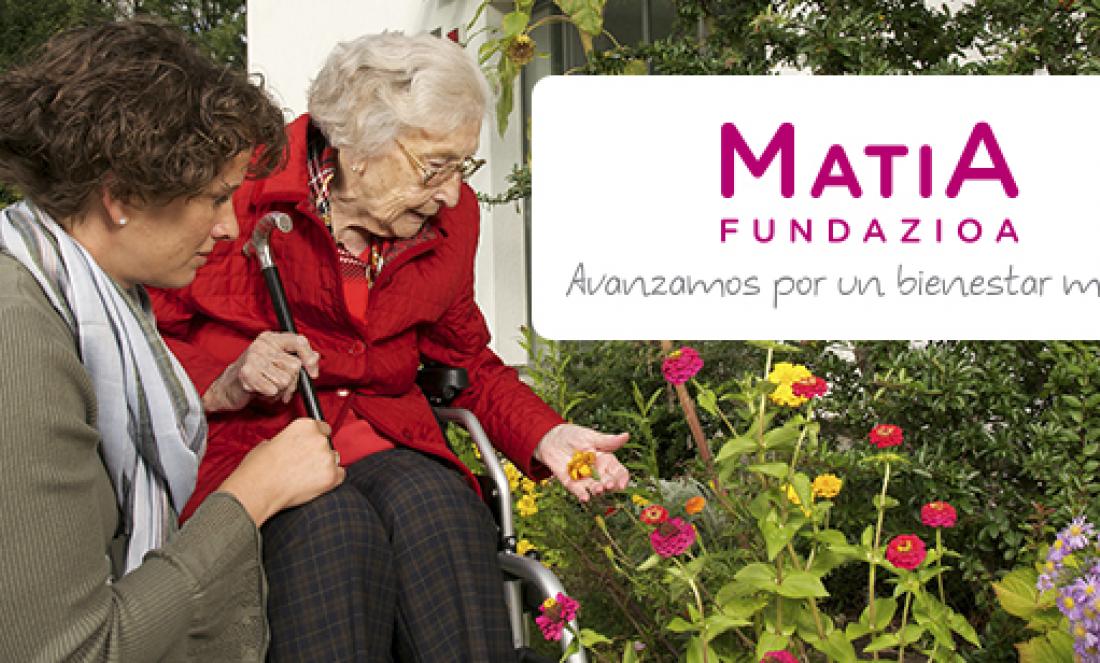
Person-centred care model. Practical notebooks. Notebook 7. Knowing the person and supporting their self-determination. The care and life plan
The concept of self-determination means that the person is the causal agent of his or her life. Something that goes beyond being able to choose from several options. It is a complex process that is built up over the course of a person's life and that in all people, and especially those who, because of their disability or dependency, depend on the support of their environment.
In the context of care for elderly people in a situation of dependence, the care and life plan is an instrument that aims to go beyond individualised care plans where a series of care needs are included, offering support so that the person, according to his/her abilities and values, can continue to have control over his/her daily life and care.
The care and life plan becomes the models of person-centred care, an instrument of dialogue between the user, his/her family and the professionals. A means of coordinating the actions of all those involved in care and especially of guiding professional interventions, so that in addition to meeting the care needs observed, personalised support is provided so that the person can continue with their life project and be cared for in a way that is in keeping with their values and preferences.
This booklet provides information on what the care and life plan is and what aspects should be included in the comprehensive assessment of the elderly person, in addition to the classic dimensions that have already been assessed. Starting from the recognition of the uniqueness and globality of each person, the importance of knowing significant biographical aspects of the person, of identifying and making visible their capabilities, as well as taking into account their preferences in life, activity and daily care, is highlighted.
Finally, this booklet reflects on something important: the limits of autonomy. It is true that working from the capacity and promotion of personal autonomy and functional independence involves taking risks, but we must also recognise that in care and attention not everything is always possible. The idea is none other than to seek, in a consensual manner, the best possible outcome between professionals, the user and the family.
Click here to download Notebook 7 (The file is in Basque and Spanish)
Visit the other related entries:
Booklet 1: Model of Person-Centred Care. Practical notebooks. Notebook 1. Person-centred attention: What does it consist of?
Notebook 2: Model of person-centred attention. Practical Workbooks. Notebook 2. Person-centred attention: How to put it into practice?
Notebook 3: Model of person-centred attention. Practical notebooks. Notebook 3. How and where I want to be cared for. Person-centred care, a new model of care.
Notebook 4: Person-centred attention model. Practical notebooks. Notebook 4. Professionals New Roles and Attention Teams.
Notebook 5: Model of Person-Centred Care. Practical notebooks. Notebook 5. The Professional of Reference in Centres.
Booklet 6: Model of person-centred care. Practical Workbooks. Notebook 6. Coexistence units for people who need help.

Add new comment